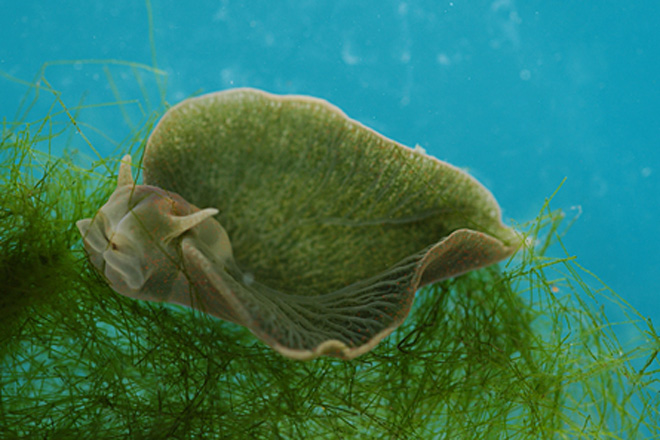As you see, it's not at all simple

Not that I know of. I see no reason to try, either.
No.
What makes you think that? Give evolution a billion years, and who knows what happens. Animals did pick up photosynthesis, eventually
 However
However, a technicality. Let's assume you took a modern animal cell (modern animal
cells don't survive all that well without a body, but we'll ignore that for the moment), left it for a billion years, and for some reason its descendants acquired chloroplasts and cellulose cell walls all kinds of other features of "plantness".
Would they be
plant cells? Or just something LIKE plant cells? In the increasingly popular evolutionary
classification system we use, it would be the latter. If you look like a plant, quack like a plant, but your plantness and an oak tree's plantness don't come from the same ancestor, you are NOT a plant. You are a remarkable example of convergent evolution.
Now that I've gone off on one of my beloved cladistic tangents, can you explain why you asked the question?
(Random curiosity is a perfectly valid explanation, FWIW. I can't tell you how many questions I've asked the world for no other reason than they seemed interesting at the time. Nonetheless, I don't think I've ever seen you ask such a question without an agenda...)



 Here we go again. Every single thread you start about evolution, we explain this to you.
Here we go again. Every single thread you start about evolution, we explain this to you.